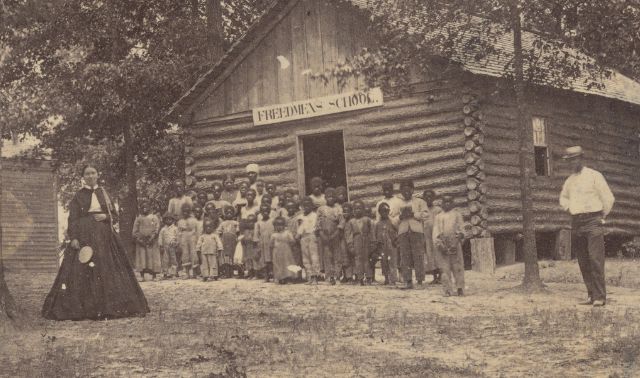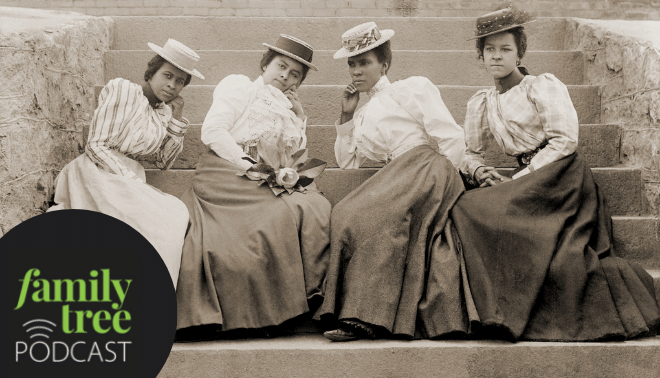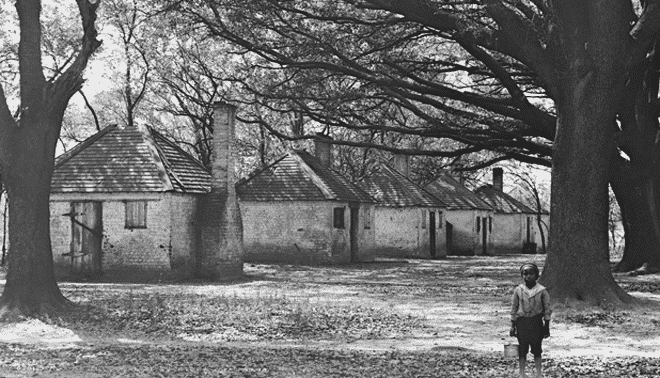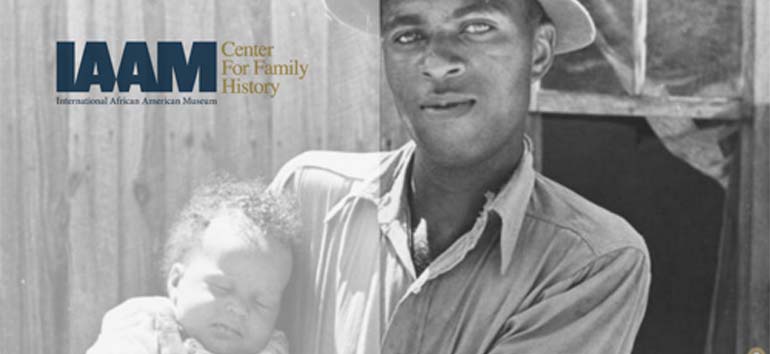Sign up for the Family Tree Newsletter Plus, you’ll receive our 10 Essential Genealogy Research Forms PDF as a special thank you!
Get Your Free Genealogy Forms
"*" indicates required fields
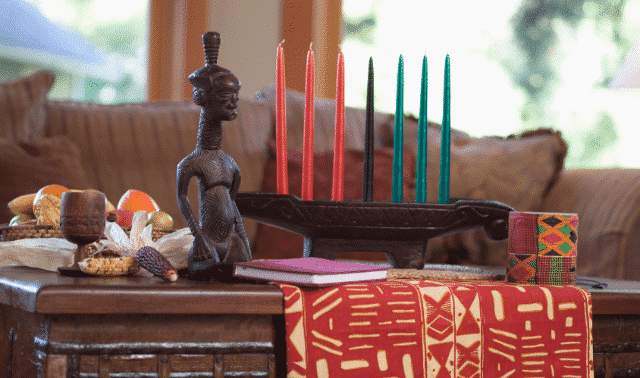
The annual holiday of Kwanzaa was created in 1966 by Dr. Maulana Karenga, professor and chairman of Black Studies at California State University, Long Beach. Following the Watts riots in Los Angeles, Dr. Karenga longed for ways to bring African-Americans together as a community. He founded U.S., a cultural organization, and started to research African “first fruit” (harvest) celebrations. Karenga then combined traditions of several different harvest celebrations, such as those of the Ashanti and Zulu peoples, to form Kwanzaa. This festival of lights is rich in symbolism, as it was conceived during one of darkest periods in Los Angeles’ history, during a key moment in the civil rights movement.
Not a Religious Holiday
While many assume that it is a religious holiday, Kwanzaa is not religious in nature. It is also by no means meant to be a replacement or substitute for Christmas. An official website for the holiday describes it as “an African American and Pan-African holiday celebrated by millions throughout the world African community” and “a celebration of family, community, and culture.
The Great Feast of Karamu
On December 31, families gather for the great feast of Karamu. This feast may be held at a home, church, or community center. The meal generally includes traditional African dishes as well as those featuring ingredients Africans brought to the United States, such as sesame seeds, peanuts, sweet potatoes, collard greens, and spicy sauces.
Especially during Karamu, Kwanzaa is celebrated with red, black, and green. These three colors were important symbols in ancient Africa and gained much recognition through the efforts of Marcus Garvey’s Black Nationalist movement. Green is for the fertile land of Africa; black is for the color of the people; and red is the for the blood that is shed in the struggle for freedom.
The Importance of Seven
There are 7 Principles and 7 Symbols that emphasize a unique set of values during the 7 days of Kwanzaa. And if you didn’t happen to notice, the holiday’s name also has seven letters.
The seven principles, or Nguzo Saba, are a set of ideals created by Dr. Karenga. Each day of Kwanzaa emphasizes a different principle. The principles are:
- Unity:Umoja (oo–MO–jah)
To strive for and maintain unity in the family, community, nation, and race. - Self-determination: Kujichagulia (koo–gee–cha–goo–LEE–yah)
To define ourselves, name ourselves, create for ourselves, and speak for ourselves. - Collective Work and Responsibility: Ujima (oo–GEE–mah)
To build and maintain our community together and make our brother’s and sister’s problems our problems and to solve them together. - Cooperative Economics: Ujamaa (oo–JAH–mah)
To build and maintain our own stores, shops, and other businesses and to profit from them together. - Purpose: Nia (nee–YAH)
To make our collective vocation the building and developing of our community in order to restore our people to their traditional greatness. - Creativity: Kuumba (koo–OOM–bah)
To do always as much as we can, in the way we can, in order to leave our community more beautiful and beneficial than we inherited it. - Faith: Imani (ee–MAH–nee)
To believe with all our heart in our people, our parents, our teachers, our leaders, and the righteousness and victory of our struggle.
The seven symbols represent values and concepts reflective of African culture and contributive to community building and reinforcement. They are:
- Mazao (The Crops)
These are symbolic of African harvest celebrations and of the rewards of productive and collective labor. - Mkeka (The Mat)
This is symbolic of our tradition and history and therefore, the foundation on which we build. - Kinara (The Candle Holder)
This is symbolic of our roots, our parent people — continental Africans. - Muhindi (The Corn)
This is symbolic of our children and our future which they embody. - Mishumaa Saba (The Seven Candles)
These are symbolic of the Nguzo Saba, the Seven Principles, the matrix and minimum set of values which African people are urged to live by in order to rescue and reconstruct their lives in their own image and according to their own needs. - Kikombe cha Umoja (The Unity Cup)
This is symbolic of the foundational principle and practice of unity which makes all else possible. - Zawadi (The Gifts)
These are symbolic of the labor and love of parents and the commitments made and kept by the children.
The Day of Assessment
This Day of Assessment or Day of Meditation is noted in the first-fruits celebration of the Akan by J. B. Danquah. He states that the Akan have one day during the first-fruits harvest in which they simply engage in quiet reflection. “The idea on this (day) is to maintain a quiet, humble and calm attitude with regard to oneself and towards one’s neighbors.” It is the perfect time for reassessment and recommitment on a personal and family level.
To all of you celebrating this year, we wish you a very happy Kwanzaa!
ADVERTISEMENT

